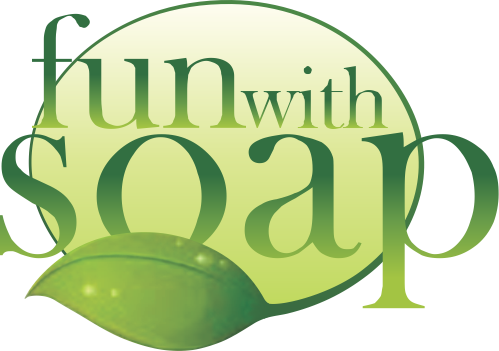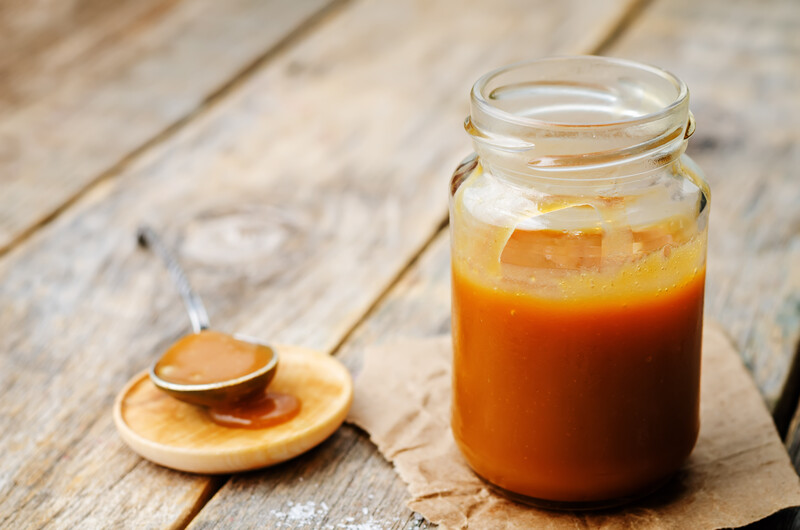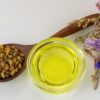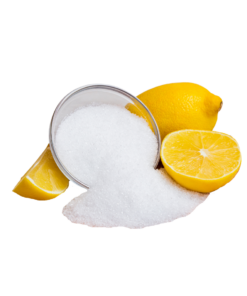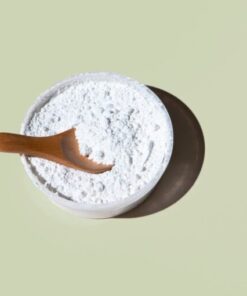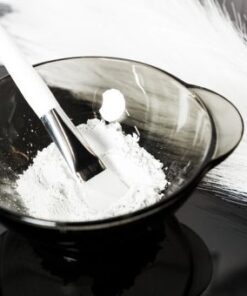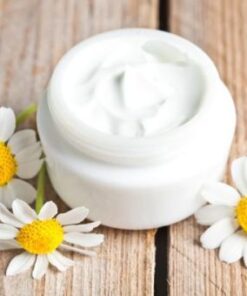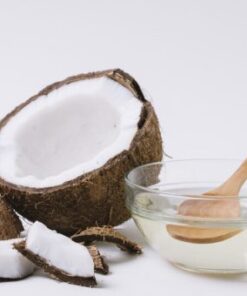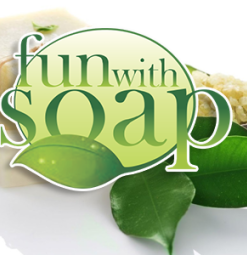Lanolin Anhydrous – 5kg
R3950,00
Lanolin Anhydrous – 5kg – popular in skincare and cosmetic products due to its moisturizing and protective properties, particularly effective for dry skin.
1 in stock
Lanolin Anhydrous – 5kg
Key Features of Lanolin Anhydrous
Effective Moisturizing Agent
Lanolin is highly effective at moisturizing and softening the skin. It’s a key ingredient in products like creams, lotions, and lip balms to combat dryness and chapping.
Emollient Properties
Lanolin acts as an emollient, forming a protective barrier on the skin to lock in moisture, preventing dehydration and ensuring long-lasting hydration.
Natural Origin
Derived from sheep’s wool, lanolin is a natural ingredient widely used in skincare and cosmetics.
Multipurpose
Lanolin can be incorporated into a wide range of products, including skincare, lip care, hair care, and pharmaceutical ointments.
Hypoallergenic
Although generally well-tolerated, some individuals may have sensitivities to lanolin. Always check product labels if you have a known allergy.
Pharmaceutical Uses
In addition to its cosmetic benefits, lanolin is used in pharmaceutical formulations to enhance the emollient properties of ointments and creams.
Animal-Derived
Lanolin is extracted from sheep’s wool, making it an animal-derived ingredient. It may not be suitable for vegan or cruelty-free formulations.
Compendial Grade
Lanolin is available in different grades, including USP (United States Pharmacopeia) and BP (British Pharmacopoeia), ensuring high-quality and purity standards for pharmaceutical and cosmetic use.
Common Uses of Lanolin Anhydrous
- Skincare Products: Helps prevent dry, cracked skin by providing deep hydration and forming a moisture barrier.
- Lip Care: A key ingredient in lip balms to keep lips soft, smooth, and hydrated.
- Hair Care: Used in hair conditioning products to promote shine and smoothness.
- Pharmaceutical Ointments: Lanolin’s emollient properties make it ideal for use in medical creams and ointments for skin irritation.
Benefits of Lanolin Anhydrous
Hydration & Moisture Lock
Lanolin provides intense moisture to dry skin and prevents further moisture loss, leaving the skin soft and supple.
Gentle on Skin
Its natural, hypoallergenic properties make it suitable for sensitive skin, though patch testing is recommended for those with known sensitivities.
Versatile Application
Whether used in skincare, lip care, or pharmaceutical products, lanolin serves as an essential ingredient to enhance hydration and protection.
Long-lasting Protection
The protective barrier created by lanolin helps shield the skin from environmental irritants, keeping skin hydrated longer.
Conclusion
Lanolin Anhydrous is a versatile and effective ingredient, well-known for its deep moisturizing, emollient, and protective qualities. Ideal for dry and sensitive skin, this natural ingredient is widely used across skincare, lip care, and pharmaceutical products. Ensure to perform a patch test if you have known sensitivities to lanolin.
| Weight | 6,00 kg |
|---|---|
| Dimensions | 30 × 18 × 11 cm |
Related products
Bulk Sales
Bulk Sales
